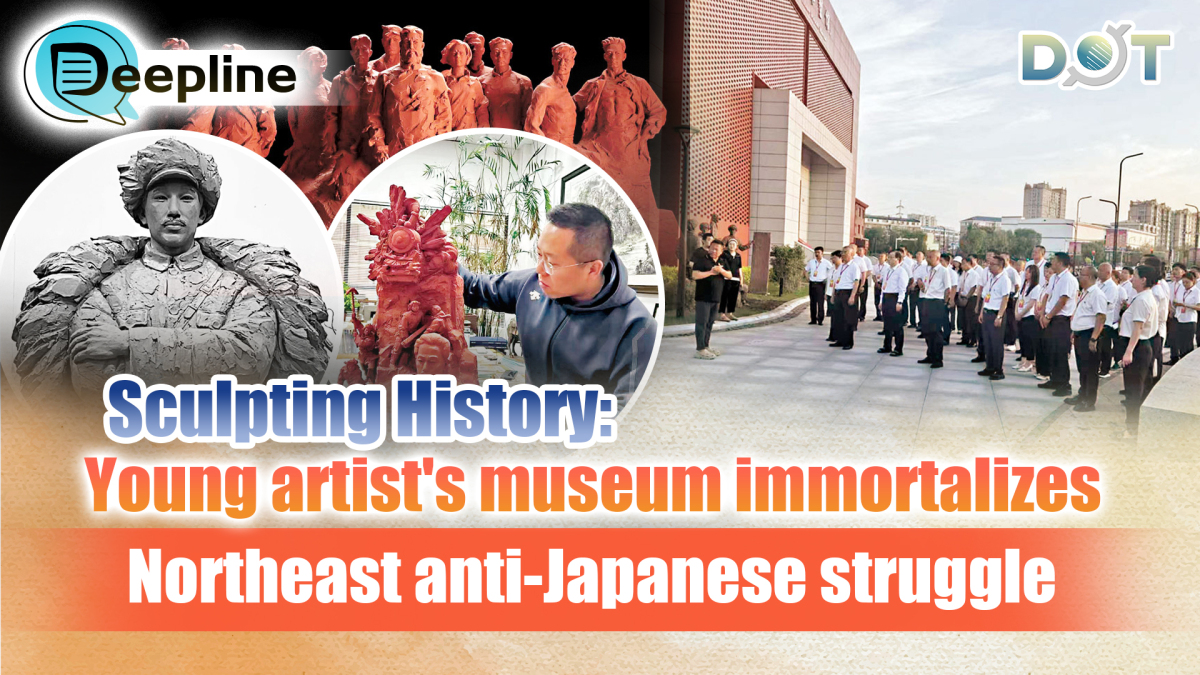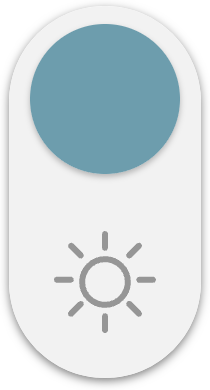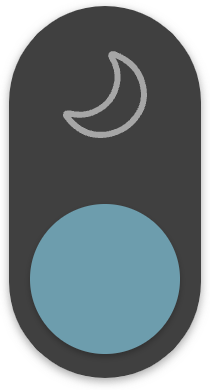
The Northeast Anti-Japanese United Army, which persisted in its resistance against Japan amidst the harsh environment of the Northeast region of China, was merged into the Northeast People's Autonomous Army on November 3, 1945, after Japan's surrender, thus fulfilling its historical mission. Fourteen years may be but a blink in history, but for those who sacrificed, it was eternal.
In Jiamusi City, on the banks of the Songhua River, a Northeast Anti-Japanese United Army Sculpture Museum, funded entirely by young sculptor Li Ping with tens of millions of yuan of his own money, has recently become a notable new landmark in the area.
This cultural space, covering 9,654 square meters and being the first in the country to panoramically depict the 14-year struggle of the Northeast Anti-Japanese United Army through sculptural art, has been receiving over 500 visitors daily since its opening. More than 600 bronze and granite sculptures in the museum immortalize the heroic deeds of figures like Zhao Shangzhi and Yang Jingyu, allowing visitors to seemingly travel through time and touch that era of war.
Standing outside the Sculpture Museum, the exterior wall, designed with "rock layer texture," features a rough surface symbolizing the rock-like resilience and unyielding spirit of the Anti-Japanese United Army soldiers. The main exhibition hall, with a height of 12 meters, arranges sculptures along historical timelines, recreating scenes of the Anti-Japanese United Army soldiers enduring harsh conditions while remaining steadfast in their resistance against Japan: simple cooking utensils and worn-out cotton-padded clothes restore the daily struggles under extreme adversity; the freezing of gunshots and shouts in an instant, and the charging postures of soldiers, evoke excitement and passion; the epic long marches and fearless advances through difficulties all immediately immerse visitors in the wartime memories.
Making history accessible regardless of economic constraints
Li, who attended art school, learned painting from a young age, and specialized in sculpture in university, originally focused on pure artistic expression. When discussing his original intention for creating the Sculpture Museum, Li, who is not a member of the Communist Party of China, explained the whole story to a Wen Wei Po journalist.
In 2009, a book about the Northeast Anti-Japanese United Army struck Li like a heavy blow—it was the story of soldiers "bravely facing national calamity and fighting to the end." After that, he resolved to use sculpture to preserve historical memory. By 2015, Li had accumulated nearly 100 works on the theme of the Anti-Japanese United Army and established the first Anti-Japanese United Army Sculpture Museum in Jiamusi. Over ten years, it received 400,000 visitors, held over 2,000 lectures, and distributed nearly 200,000 free historical booklets.
As the number of visitors gradually increased, the old museum could no longer accommodate them, and he conceived the dream of building a new museum. On July 1, 2022, construction began on the new museum on the banks of the Songhua River. On July 1, 2025, coinciding with the 80th anniversary of the victory in the War of Resistance Against Japan, the new museum officially opened—this was his best tribute to the heroes of the Anti-Japanese United Army.
In the eyes of his neighbors, Li could have lived a comfortable life, but instead invested all his savings into this project. To fund the new museum, he mortgaged his property, sold his cars, borrowed money from various sources, and endured immense pressure.
"Sometimes, lying in bed at night thinking about the debts and the future, I felt anxious," he said. "But when I see visitors moved to tears in front of the sculptures, I feel it's all worth it." Li openly stated that the spirit of the Anti-Japanese United Army is a precious treasure of the Chinese nation.
Looking back at history, the Anti-Japanese United Army, which began with the September 18 Incident and ended with Japan's surrender, fought the longest journey among the world's anti-fascist wars—14 years in total, a full 10 years longer than the European and American battlefields.
"The United Army deserves the world's respect. Everyone should be able to 'walk in without economic constraints' to experience this history. This is not a business but a responsibility and mission," Li said.
Anti-Japanese United Army sculpture group permanently collected by Party history museum
On July 15, 2021, the Museum of the Communist Party of China officially opened to the public. The sculpture group created by Li is the only major revolutionary historical sculpture from the Northeast Anti-Japanese United Army selected from Heilongjiang Province. In the sculpture group, the martyrs are depicted in tattered clothes and covered in wounds, their eyes revealing hatred for the enemy and a longing for victory, showcasing their tenacious will. Some martyrs are shown supporting each other, reflecting the deep camaraderie among comrades.
Each of these twelve martyrs has heroic deeds that are both moving and inspiring. During the creative process, Li deeply studied historical materials, visited sites of the Anti-Japanese United Army, and exchanged ideas with experts and scholars, striving to perfectly present the images and spirit of the martyrs in his sculptures. Through meticulous carving techniques, he vividly displayed the martyrs' qualities of determination, fearlessness, and loyalty.
When discussing this, Li was quite humble. He said, "It's not that the sculptures are so well-made, but the stories behind them are touching. The deeds of the twelve martyrs fully demonstrate the firm faith of the Communists. They faced death to bring about the rebirth of the nation."
(Source: Wen Wei Po; English Editor: Darius)
Related News:
Deepline | Unbroken spirit: Epic saga of China's Northeast Anti-Japanese United Army
Deepline | Echoes of resistance: Reviving Dongjiang Column's wartime stories




















Comment